Flower Meanings
Stock


The Meaning of Stock
Aside from its obvious beauty, stock is most commonly known for:
- A long life full of happiness and success
- Contentment with your life the way it is right now
- Beauty that doesn’t fade with age or time
- Achieving paradise on earth
- Dedicating oneself to a life of spiritual purity
- Connecting with the world as one
Also known as Gillyflower or matthiola, stock may look regal and showy but is actually a member of the mustard family—including turnips and broccoli (yes, you can eat these beauties too)!
Stock’s large cup-shaped blooms delicately placed onto their tall stem pair perfectly with their elegant spicy cinnamon scent that reminds you instantly of winter dreams. Stock is the perfect bloom for celebrating anything that brings you joy and happiness, and overall, a reminder to enjoy the life you have before it’s gone. [1]
What Does Stock Smell Like?
Known as the ‘perfume plant,” stock has a sweet and spicy scent that many describe to be incredibly pleasant and fresh. [5]
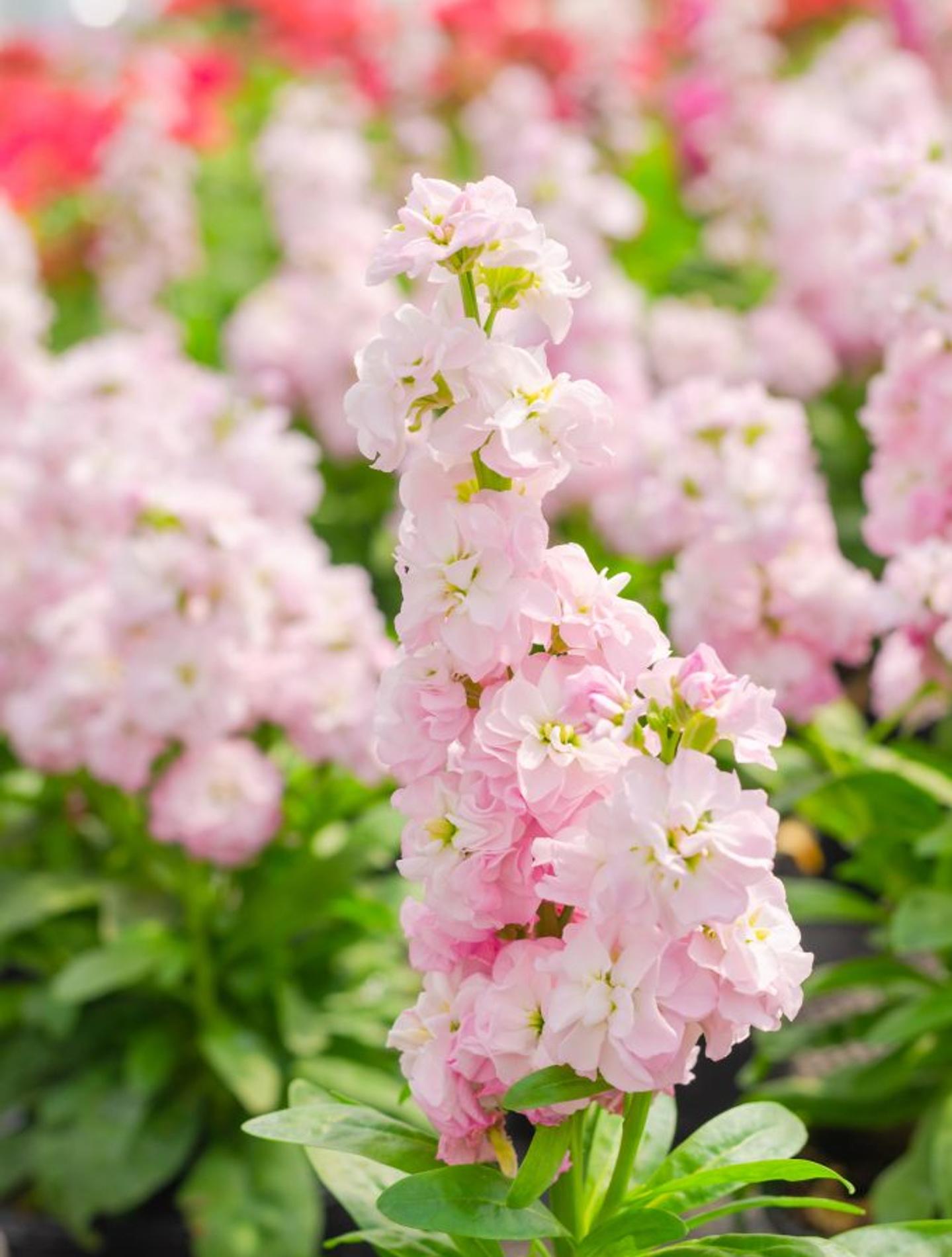
"The fairest flowers o’ the season Are our carnations and streak’d gillyvors, which some call nature’s bastards of that kind."
William Shakespeare
The History of Stock
A part of the Brassicaceae family, stock is botanically referred to as Matthiola incana and is native to South Africa and some parts of the Mediterranean. Stock was originally named after an Italian botanist and doctor named Pierandrea Matthiola—who is said to have cultivated this bloom because he believed it possessed medicinal values.
These blooms are said to have gained popularity after their introduction to Europe in the 16th century. [2]
Fast forward to the 19th century, stock flowers became increasingly popular among the weavers of Upper Saxony. They tried minimizing cross-pollination that would ultimately lead to color dilution, and were successful (thankfully)! Each village was assigned a particular color and within each village, gardeners would cultivate flowers of their assigned color only.
Bonus fact: During the Middle Ages in England, stock was used as currency in feudal tenure contracts. Specifically, the blooms were deposited while buying land or paying rent. Historical records state that in 13th century Kent, Bartholomew de Madlesmere was paid by King Edward I in clove gilliflowers. Anyone off to try and pay their rent with a bundle of stock?! [3]
DID YOU KNOW - Stock Fun Fact
The Matthiola genus includes about 50 species of stock. [4]
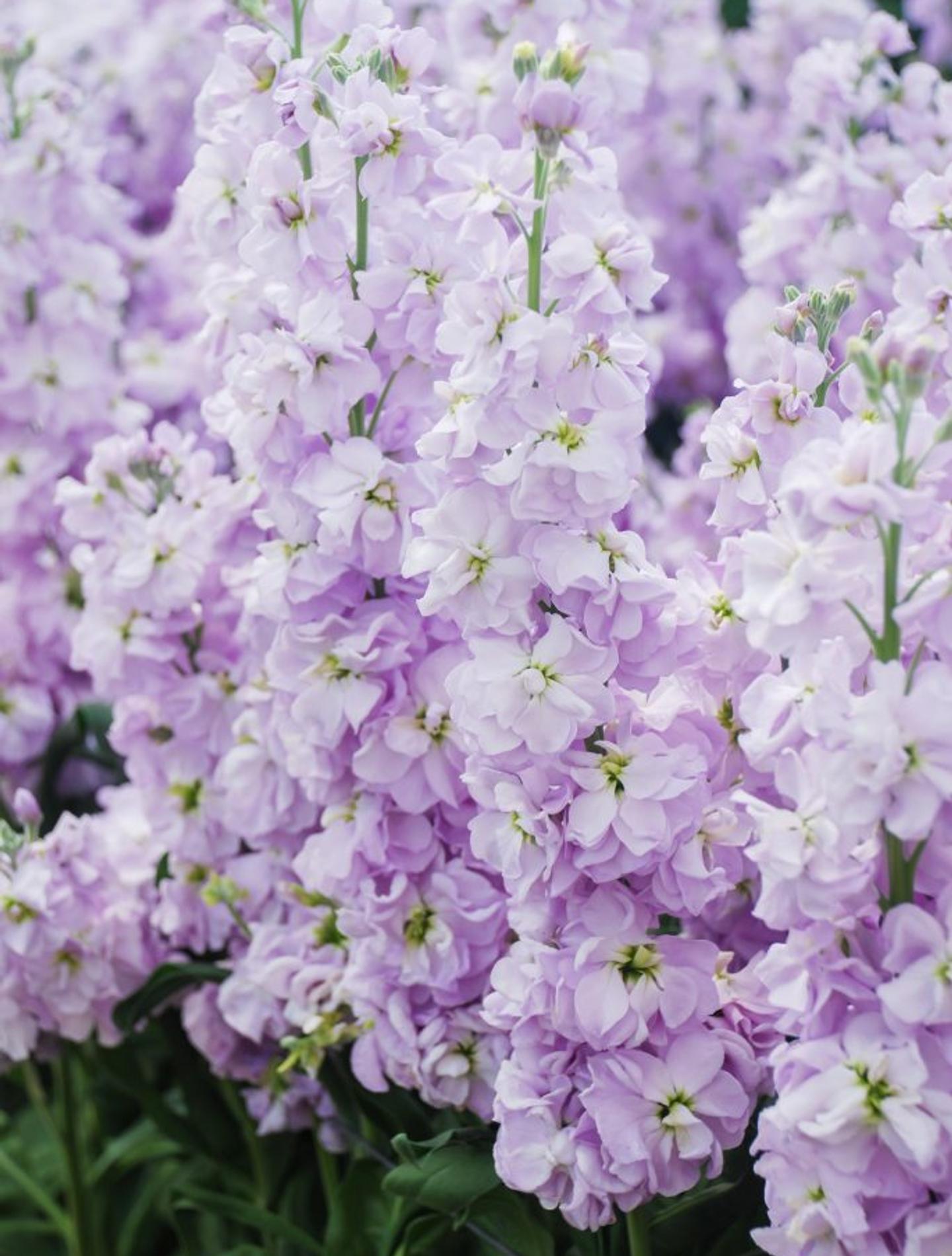
How to Grow Stock
Stock prefers full sunlight but will tolerate partial shade in the right climates. These blooms thrive in rich, loose, well-draining soil and need to be fed once immediately after planting, and once per month going forward. Use a general-purpose fertilizer for flowering plants.
Plant stock from seedlings or seed (planting from seedlings has a higher success rate).
Dig holes large enough to place the seedlings in, and plant them 2 inches below the soil so the crown of the plant is just beneath soil level. Plant each plant at least 15 centimeters of space on all sides.
If you’re planting from seed, sow indoors early in the season and cover lightly with less than half an inch of fine garden soil or potting mix. Water thoroughly and often until stems begin to sprout up, then switch to only twice per week. Transplant your stock into the garden after the last frost date has passed, spacing each about 7-12 inches apart. Plant in full sun except in very hot climates, where your blooms will enjoy a bit of shade. [5]
DID YOU KNOW - Stock Fun Fact
In the Victorian “Language of Flowers,” individual colors of stock have their own nuances, but collectively they symbolize overflowing affection and contentment. [4]
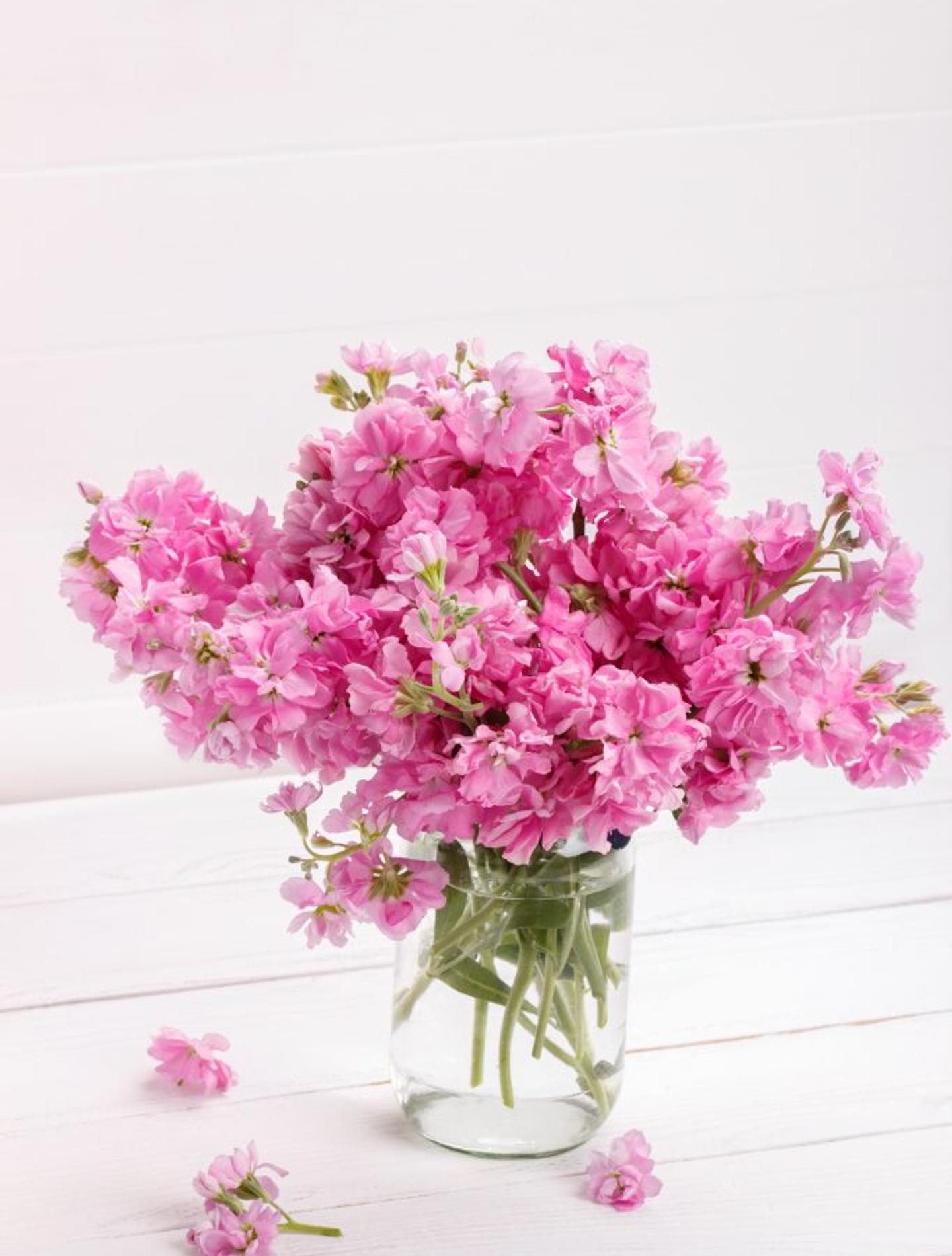
How to Care for Stock
Alright, and now on to how you should care for your freshly cut stock!
Whether you’re getting your blooms fresh from the garden or wrapped in an elegant floral design, before moving to a vase, be sure to remove any foliage that will find itself submerged in water and recut your stems at an angle.
Keep the water in your vase fresh, replacing it every few days or when you begin to notice a bit of murkiness.
Keep away from cool drafts or hot, beating sun.
When to Give Stock as a Gift
Send stock as a gift for the birth of a new family member or bring to a housewarming party. These flowers are also commonly used for weddings as well, as it’s a beautiful way for a husband to tell his wife he will always consider her the most beautiful woman in the world. [1]

References:
- 1 - flowermeaning.com
- 2 - Tree Symbolism
- 3 - Pansy Maiden
- 4 - Flower Style
- 5 - Gardening Channel
Flower Meanings — keep discovering
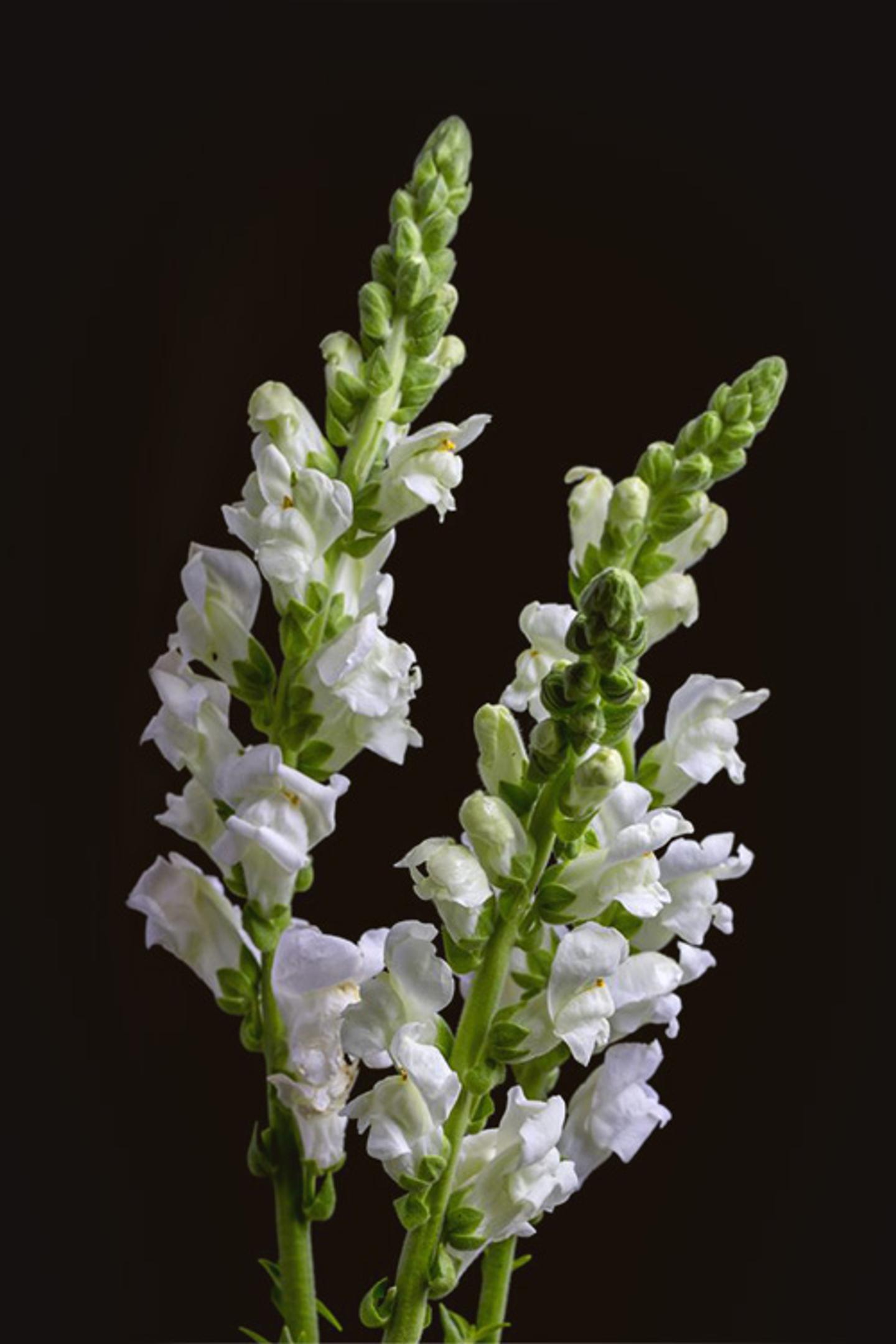
Snapdragon
Oh snap, we’re talking about Snapdragons!

Solidago
A popular filler flower in floral arrangements, solidago is so much more than just a green. Otherwise known as Goldenrod, solidago is a genus of about 100 to 120 species of flowering plants in the aster family, Asteraceae. (Plus, it’s offered all year round).
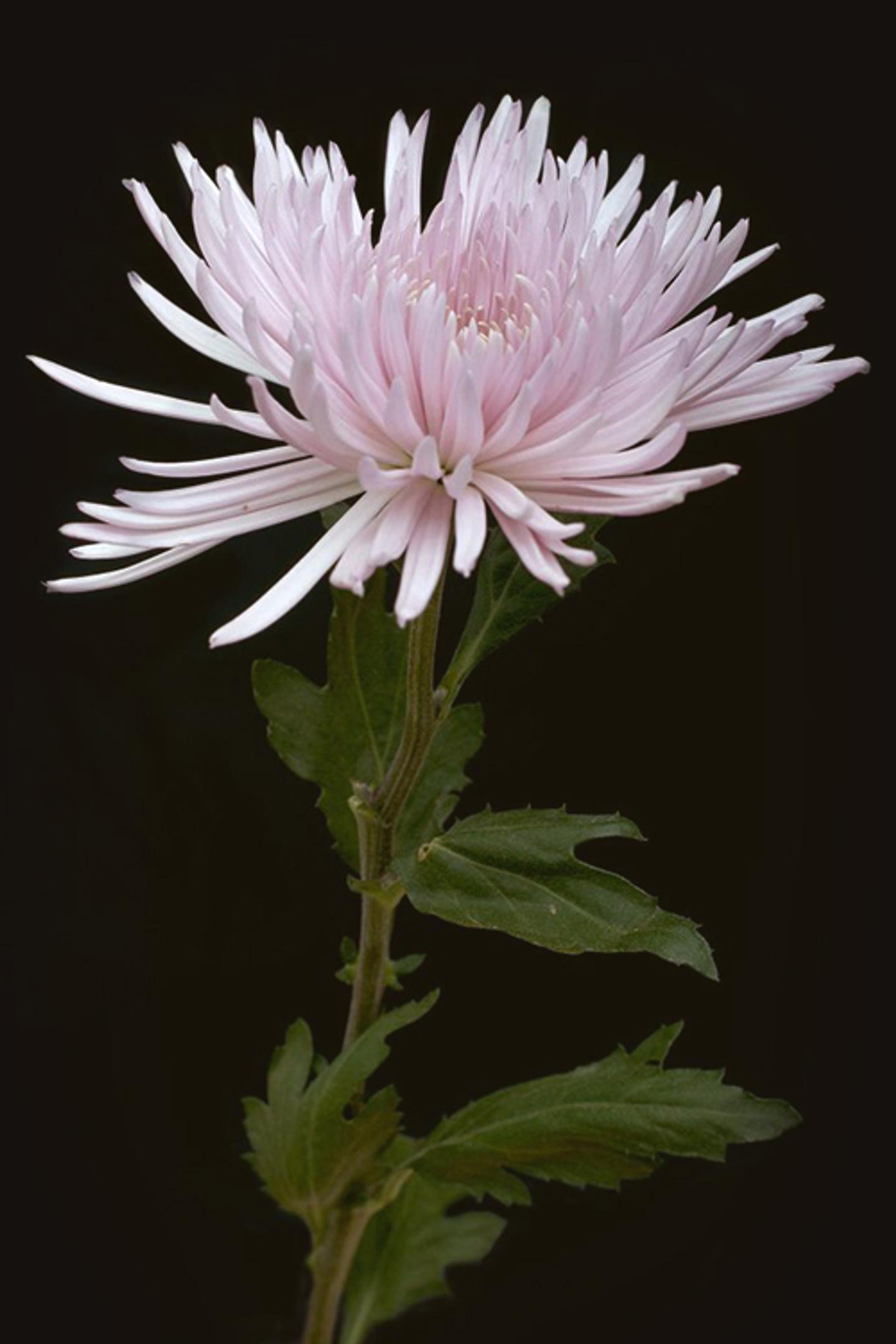
Spider Mum
A funky member of the chrysanthemum family, spider mums are known for their unique, spider-looking petals!
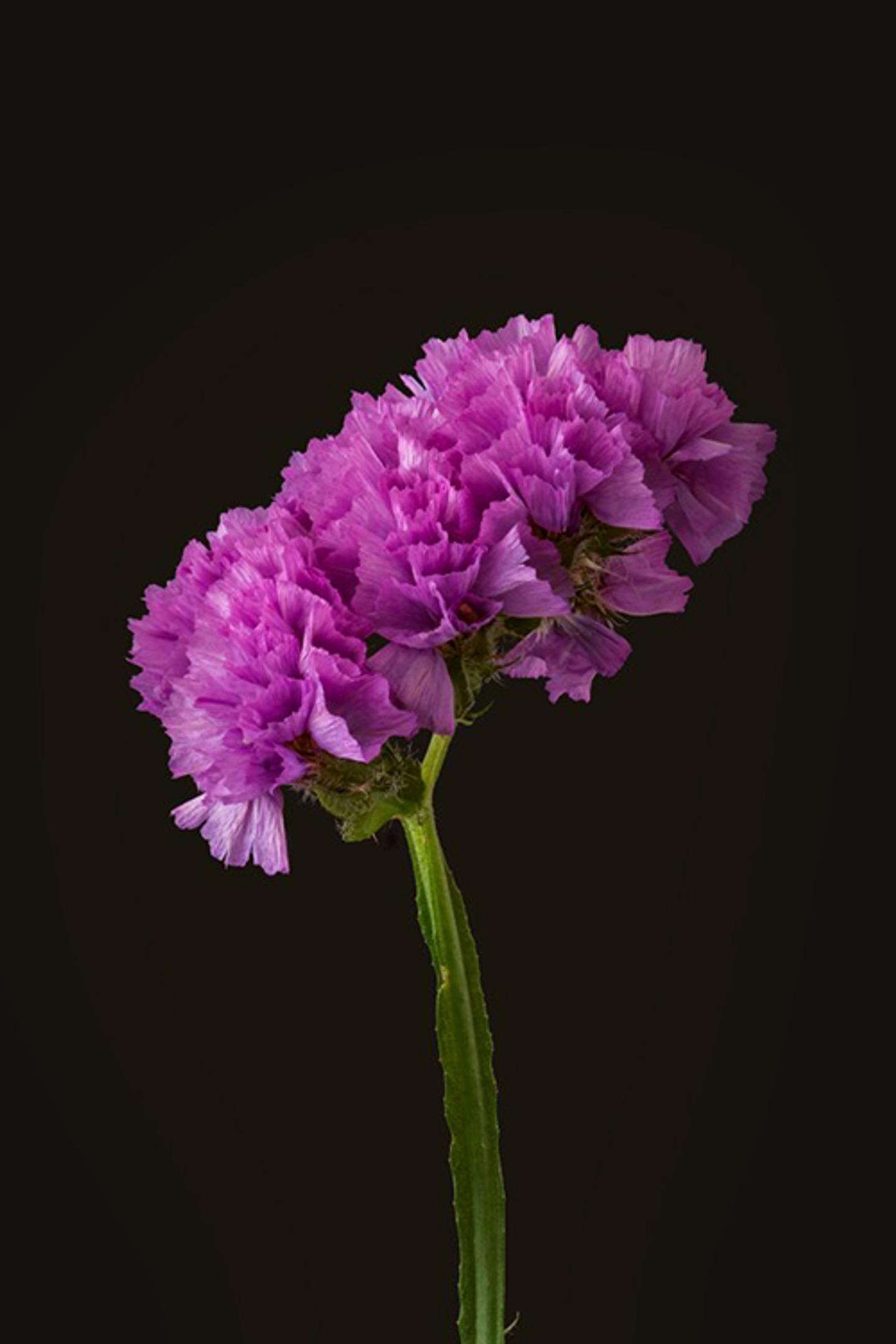
Statice
A part of the Limonium family, you’ll often see statice used in fresh and dried flower arrangements due to its beautiful shades and unique shape. Plus, there are over 120 different species of statice!

Snapdragon
Oh snap, we’re talking about Snapdragons!

Solidago
A popular filler flower in floral arrangements, solidago is so much more than just a green. Otherwise known as Goldenrod, solidago is a genus of about 100 to 120 species of flowering plants in the aster family, Asteraceae. (Plus, it’s offered all year round).

Spider Mum
A funky member of the chrysanthemum family, spider mums are known for their unique, spider-looking petals!

Statice
A part of the Limonium family, you’ll often see statice used in fresh and dried flower arrangements due to its beautiful shades and unique shape. Plus, there are over 120 different species of statice!
Ready to send beautiful flowers?
Our guided experience helps you send a one-of-a-kind arrangement perfect for every occasion.
Send Flowers